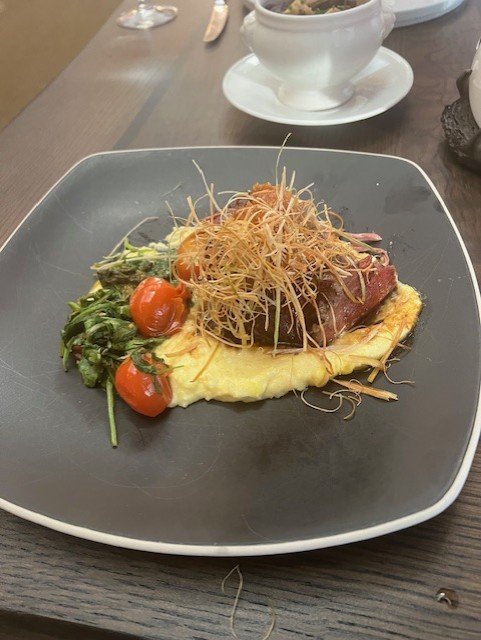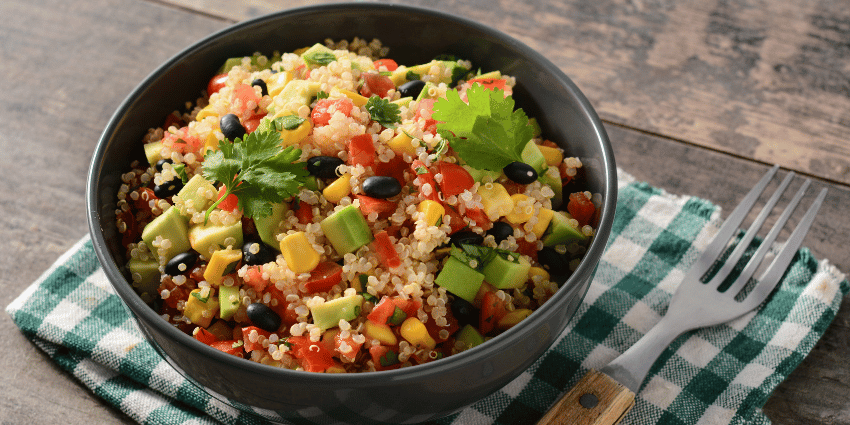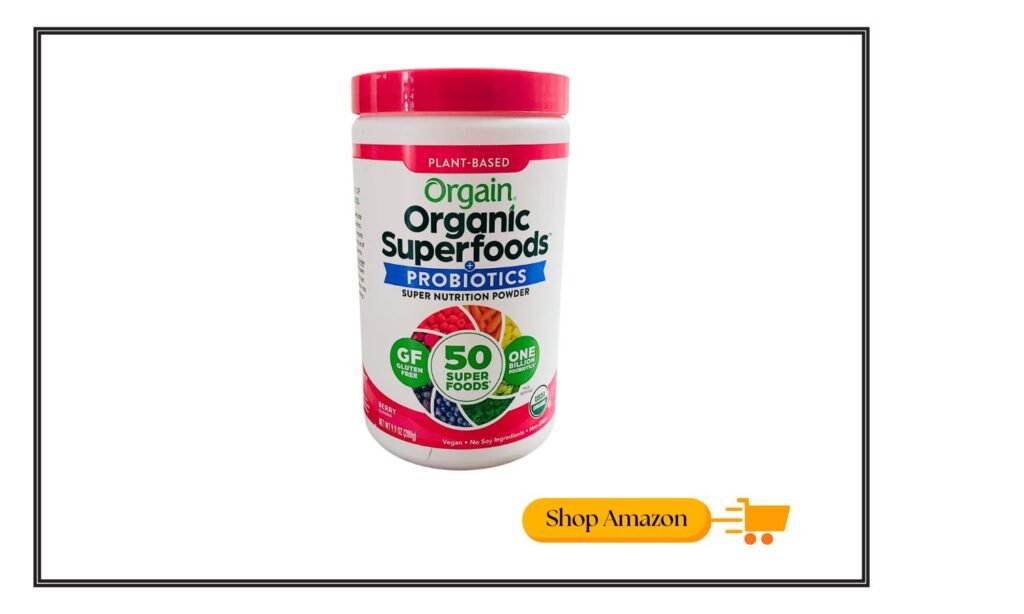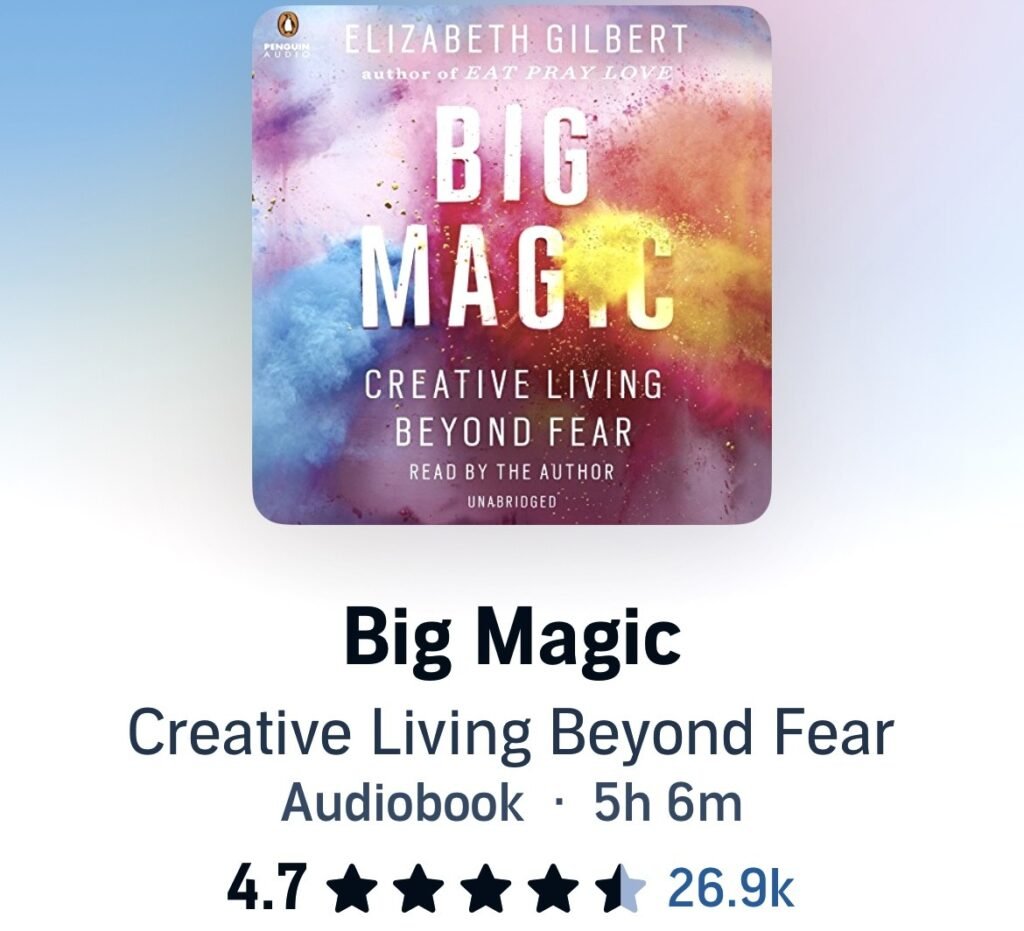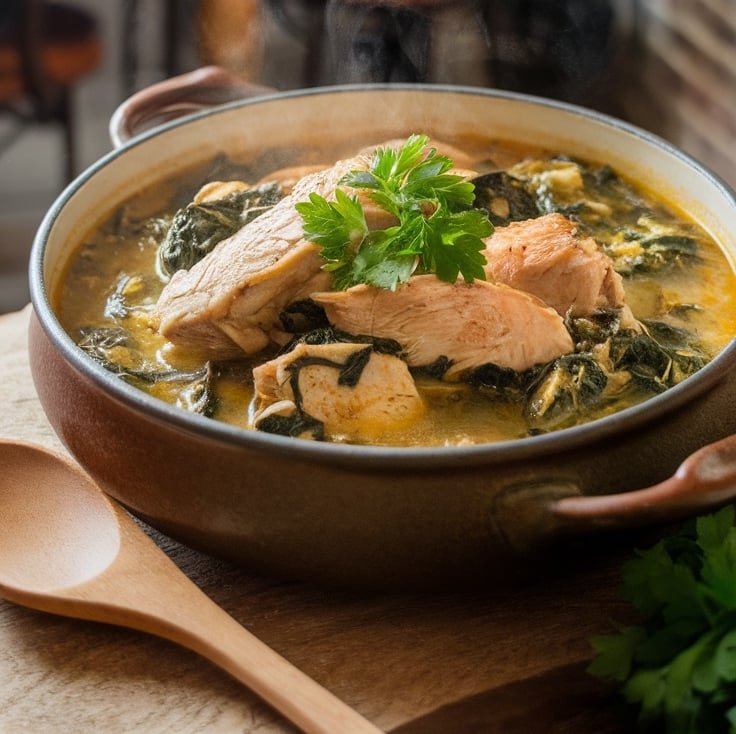Your go-to guide for tackling menopause with sass and confidence. This witty, science-backed article blends hormone therapy insights with holistic strategies—think diet tweaks, exercise ideas, and stress-busting tips—to help you navigate the change like a pro. With a conversational tone that feels like a pep talk from your cheekiest best friend, it’s all about taking control, laughing through the chaos, and turning menopause into a bold, empowering chapter—because hot flashes don’t have to steal the show!
If you’re reading this, chances are you’re either knee-deep in menopause or sensing its sneaky arrival—like that uninvited guest who shows up with baggage and no RSVP. Don’t worry—you’ve got this, and I’m here to help you turn this phase into a total glow-up. Menopause might feel like your body’s saying, “Time for a wild plot twist!” but here’s the secret: you’re the director of this blockbuster, and it’s about to get fabulous.
Whether battling hot flashes rivaling a summer heatwave, mood swings that could give a soap opera a run for its money, or wondering why your sleep has gone AWOL, this guide is your roadmap to thriving, not just surviving. We’re diving into hormone therapy, unpacking holistic approaches, and tossing in some top-rated products to make your menopause journey smoother than a freshly blended smoothie. So, grab a cold drink (or a hot tea, depending on your vibe), settle in, and let’s get started on your menopause makeover. You’re about to rock this like the queen you are!
What’s Menopause, Anyway? (Spoiler: It’s Not the End of the World)
Let’s kick things off with the basics. Menopause is when your ovaries clock out, stop dropping eggs, and send your hormone levels into a bit of a shuffle. Officially, it’s marked by 12 months without a period, but the warm-up act—perimenopause—can start in your 40s (or even earlier for some of us overachievers). It’s like your body’s saying, “New phase, who dis?”
Here’s the tea: menopause isn’t one-size-fits-all. Some women glide through it like they’re auditioning for Graceful Transitions: The Movie, while others (hi, me!) feel like they’re starring in Hot Flash Horror Story. Symptoms can include:
– Hot flashes and night sweats: Your personal sauna, on demand.
– Mood swings: One minute, you’re laughing; the next, you’re crying over a dog food commercial.
– Brain fog: Wait, where did I park my… thoughts?
– Sleep drama: Counting sheep? It’s more like counting ceiling tiles.
– Vaginal dryness: The party crasher no one invited.
– Bone health shifts: Because your skeleton deserves some love, too.
Fun fact: The average age for menopause is 51, but it can hit anywhere from 40 to 58. So, if you’re thinking, “I’m too young for this!”—sorry, babe, menopause doesn’t check your ID. Oh, and globally? Over 1 billion women will be postmenopausal by 2025, according to the World Health Organization. You’re in good company!
Here’s the empowering part: menopause isn’t a “problem” to fix—it’s a natural transition. With the right tools, you can make it a chapter of strength, sass, and self-discovery. Let’s explore your options: hormone therapy for science lovers, holistic vibes for nature buffs, and a bonus sleep section because, let’s face it, we all need more Z’s.
Hormone Therapy: Your High-Tech Ally in the Menopause Game
If menopause symptoms are throwing you curveballs, hormone therapy (HT) might be your MVP. It’s not some futuristic experiment—it’s about topping up the estrogen (and sometimes progesterone) your body’s no longer churning out. Think of it as a little hormonal hug to ease the chaos.
How It Works
HT comes in a buffet of forms: pills, patches, creams, gels, sprays, and even vaginal rings for targeted relief. The mission? Tackle hot flashes, night sweats, and vaginal dryness while giving your bones a fighting chance against osteoporosis. It’s like sending in reinforcements to tell menopause, “Not today!”
The Options
– Estrogen-Only Therapy (ET): Ideal if you’ve had a hysterectomy (no uterus, no worries about progesterone).
– Combined Estrogen-Progesterone Therapy (EPT): For those keeping their uterus, this duo reduces the risk of uterine cancer.
– Bioidentical Hormones: These mimic your body’s natural hormones and are often marketed as “natural.” Look for FDA-approved options for peace of mind.
Pros and Cons
HT can be a game-changer—studies show it cuts hot flash frequency by up to 75% for many women, but it’s not a universal fix. Risks like blood clots, stroke, or breast cancer can pop up, especially with long-term use or if you’ve got a tricky health history. That’s why chatting with your doctor is non-negotiable—they’ll tailor it to you.
Starting Small
Curious? Ask your doctor for a low-dose patch or gel with less systemic impact and the same symptom relief. It’s like dipping your toes in the HT pool before cannonballing in.
When exploring options for managing menopausal symptoms, many women consider bioidentical estradiol creams or supplements. These products aim to provide relief from issues like hot flashes, mood swings, and sleep disturbances by mimicking the body’s natural hormones. Here are some affordable, readily available products to consider. However, consulting with a healthcare professional before starting any new treatment is crucial to ensure it’s safe and appropriate for your health needs.
Holistic Hacks: Nature’s Gift to Your Menopause Makeover
Not into the hormone scene? Or perhaps you’d like to mix it up? Holistic approaches are your jam—think of them as self-care with a side of science. They’re flexible, fun, and customizable. Let’s break it down:
1. Feed Your Body Right
Your diet can be a menopause superhero. Certain foods balance hormones, tame symptoms, and keep you glowing from the inside out. Feast on these:
– Flaxseeds: Packed with phytoestrogens to mimic estrogen. Toss them in oatmeal or smoothies for a nutty boost. Here are some top-rated flaxseed options.
– Soy: Tofu, tempeh, or soy milk can ease hot flashes—studies suggest it works for 20-50% of women.
Leafy Greens: Spinach, kale, and collards provide calcium and vitamin K for bone health.
– Omega-3s: Salmon, walnuts, or chia seeds fight inflammation and mood dips. Top-rated Omega-3 Options
Quick Recipe: Whip up a “Hot Flash Fighter Bowl”—quinoa, roasted salmon, steamed kale, and a sprinkle of ground flaxseeds. Drizzle with olive oil and lemon. Yum!
2. Move It, Sister
Exercise isn’t just for selfies—it’s a must for menopause. It lifts your mood, strengthens bones, and even cools those flashes.
– Yoga: Calms your mind and stretches your body. Poses like Child’s Pose or Legs-Up-the-Wall are effective in reducing hot flashes. Check out this fantastic free yoga channel on YouTube! It’s shot on a gorgeous tropical beach and is perfect for beginners.
– Strength Training: Kettlebells (A link to the ones I use and love!) or resistance bands keep muscles and bones in shape. This is the YouTube kettlebell workout that I currently use. My husband even does the workout with me! An accountability partner is so helpful and fun.
– Cardio: A brisk walk or dance session boosts endorphins and sleep quality. I prefer walking since I have no rhythm!
3. Zen Out
Stress and menopause? It’s not a cute combo. Mindfulness and relaxation can dial down the drama.
Meditation: A 10-minute session can lower cortisol and boost focus. Picture a beach, breathe deep, and repeat.
– Breathing Exercises: Try 4-7-8—inhale 4 seconds, hold 7, exhale 8—instant calm.
– Essential Oils: Lavender or chamomile in a diffuser can soothe your soul and make your home feel like a spa sanctuary.
4. Natural Supplements
Navigating menopause can feel like an uphill battle, with hot flashes, mood swings, and sleepless nights throwing your daily routine into chaos. If you’re searching for a natural way to ease these symptoms and reclaim your sense of balance, MenoRescue by Well Me could be the answer you’ve been waiting for. This innovative supplement is designed specifically for women like you, offering a blend of science-backed ingredients that target the root causes of menopausal discomfort. Thousands of women have already found relief with MenoRescue, experiencing fewer hot flashes, better sleep, and a renewed sense of calm. Ready to take back control and feel like yourself again? Click here to discover how MenoRescue can help you breeze through menopause with confidence!
Sleep Like a Queen: Because Menopause Shouldn’t Steal Your Zs
Sleep troubles are the unsung villain of menopause. Are night sweats turning your bed into a swamp? Tossing and turning like you’re auditioning for a restless leg syndrome ad? Let’s fix that—because sleep is your secret weapon.
Why It’s a Big Deal
During menopause, hormonal dips mess with your sleep cycle. But good rest regulates mood, curbs cravings, and even tames hot flashes. Studies say women who sleep 7-8 hours feel 30% less irritable—sold yet?
Sleep Hacks
– Cool Your Space: Aim for 60-67°F and opt for lightweight, breathable PJs.
– Bedding Matters: Breathable cooling sheets are essential, and a supportive cooling pillow is a game-changer. If your mattress has seen better days and you want to upgrade to an excellent quality mattress designed for cool sleeping, check out the incredible value and warranty Nectar offers. They offer a 365-day trial period and a forever warranty!
Nighttime Rituals: Herbal tea (chamomile, please) or a warm bath signals “sleep time” to your brain, gently nudges it toward dreamland.
Your Menopause, Your Rules
Here’s the magic: you can blend HT with holistic tricks or go full-on one way. Maybe you’re popping a patch, sipping a flaxseed latte, or rocking yoga while your doctor tweaks your HT plan. It’s your call—experiment, tweak, and own it.
Wrap-Up: You’re Still the Star of This Show
Menopause isn’t the curtain call—it’s a bold new act. You’re in charge, whether you’re vibing with hormone therapy, holistic hacks, or a killer sleep setup. Laugh at the hot flashes, dance through the mood swings, and know you’re not alone.
Chat with your doctor for the personalized scoop, lean on your crew, and treat yourself to the tools that make you feel unstoppable. This is your menopause makeover—shine bright, babe. You’ve got this!💖
Disclaimer: Before changing your wellness routine, check in with your healthcare provider, especially if you have medical conditions or medications. Stay safe and sip smart, ladies!
I share and promote top-rated products via affiliate links. If you make a purchase, I earn a small commission at no extra cost to you. Thank you for supporting my work while you snag something extraordinary for yourself!


